Cart
The Benefits of In-Person CPR Training in Austin, TX
In-person CPR training is a valuable and essential skill that can save lives in emergency situations. This article will explore the benefits of in-person CPR training, highlighting why it is crucial to learn CPR techniques in a hands-on, interactive environment. Whether you are a healthcare professional, a concerned parent, or simply interested in being prepared for emergencies, in-person CPR training offers numerous advantages that online courses cannot replicate.
1. Hands-On Learning Experience: One of the primary benefits of in-person CPR training is the hands-on learning experience it provides. Participants have the opportunity to practice CPR techniques on manikins, allowing them to develop muscle memory and gain confidence in their abilities. Instructors can provide real-time feedback and correct any mistakes, ensuring that participants learn the correct techniques and perform them effectively.
2. Interactive Training Environment: In-person CPR training offers an interactive environment where participants can engage with instructors and fellow learners. This interactive setting allows for questions, discussions, and the sharing of personal experiences, enhancing the learning process. Participants can also benefit from group activities and scenarios that simulate real-life emergency situations, further improving their skills and decision-making abilities.
3. Immediate Feedback and Guidance: During in-person CPR training, instructors can provide immediate feedback and guidance to participants. They can observe and assess each individual’s technique, offering personalized advice and corrections. This immediate feedback is invaluable in helping participants refine their skills and ensure they are performing CPR correctly. It also allows for clarification of any doubts or misconceptions, leading to a better understanding of the techniques.
4. Teamwork and Collaboration: In-person CPR training often involves group activities and scenarios that encourage teamwork and collaboration. Participants learn how to work together effectively in high-pressure situations, improving communication and coordination skills. This teamwork aspect is particularly beneficial for healthcare professionals who may need to perform CPR as part of a team in a hospital or clinical setting.
5. Realistic Simulation: In-person CPR training often includes realistic simulation exercises that mimic real-life emergency situations. These simulations provide participants with a more accurate representation of what they may encounter in a real emergency. By practicing CPR techniques in a simulated environment, participants can better prepare themselves mentally and emotionally for the challenges they may face. Conclusion: In-person CPR training offers a hands-on, interactive learning experience that cannot be replicated by online courses. The benefits of in-person training include hands-on practice, immediate feedback and guidance, an interactive learning environment, teamwork and collaboration opportunities, and realistic simulation exercises. By participating in in-person CPR training, individuals can gain the skills, confidence, and knowledge necessary to respond effectively in emergency situations. Remember, learning CPR is a valuable investment that can make a significant difference in saving lives.
